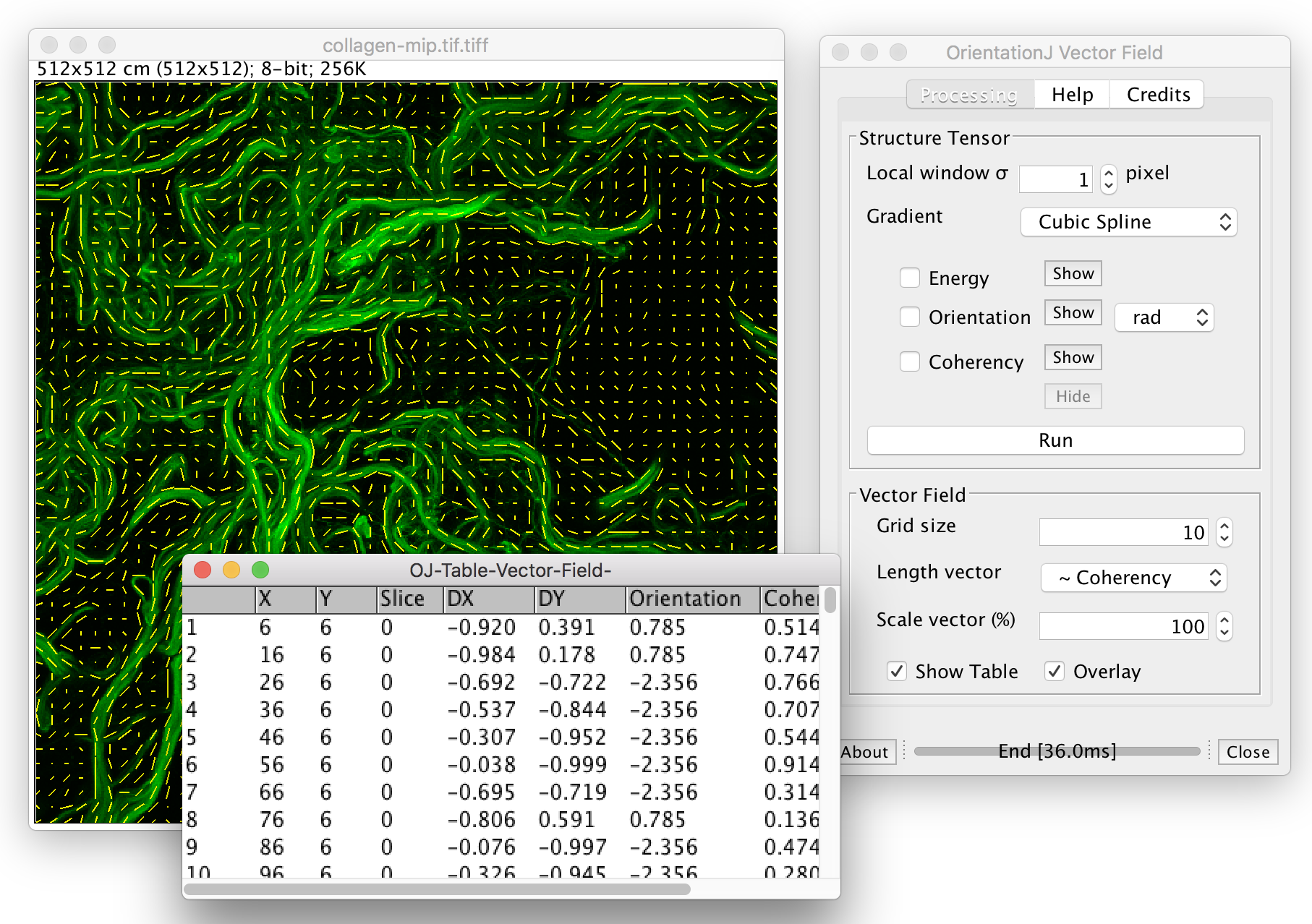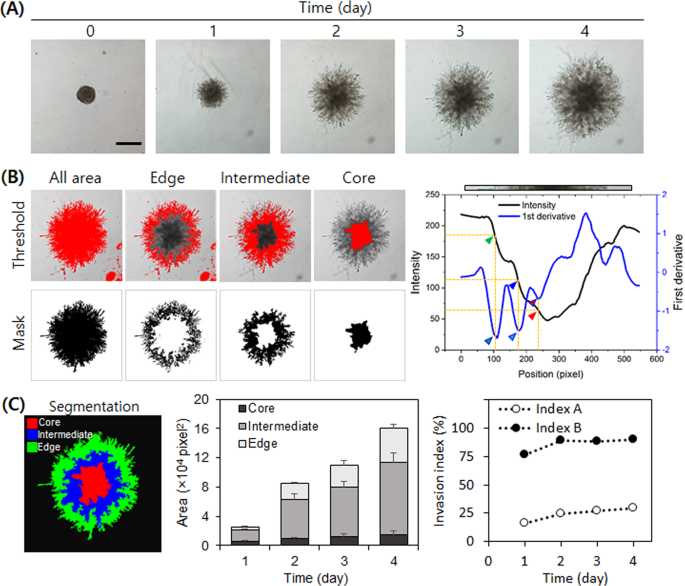

Nanomaterials, such as carbon atom-based molecules, have captured the attention in the field of nanotechnology intended for biomedical applications.


Therefore, the scientific community continues to seek novel strategies able to overcome this obstacle. (8) However, their low transfection efficiency represents the most important handicap for clinical applications. (7) Research on chemical nonviral vectors has gained momentum as they are comparatively less invasive than viral ones, show less immune and inflammatory responses, are cheaper to produce, and have higher genetic material cargo capacity. (6) These limitations have boosted the need to develop safer and less cytotoxic nucleic acid carriers, as is the case of nonviral systems. Although viral vectors such as lentiviruses, (3) adenoviruses, (4) and recombinant adeno-associated viruses (5) provide higher efficiency over a longer period, there are important limitations concerning safety issues, including toxicity, immunogenicity, mutagenesis, and inflammatory potential, as well as high production costs. (2) At present, most DNA delivery strategies use viral or nonviral vectors. The most basic form of gene therapy is naked plasmid DNA however, its poor cellular uptake, degradation by nucleases, and low transfection efficiency make necessary the use of vectors able to protect and suitably deliver the nucleic acids. This proof-of-concept study points out that ND integration into niosomes represents an encouraging nonviral nanoplatform strategy for the treatment of CNS diseases by gene therapy. Moreover, studies in CNS primary cells revealed that nanodiaplexes successfully transfected neuronal and retinal cells.

Intracellular trafficking analysis showed higher endocytosis via clathrins ( p < 0.05) in nanodiaplexes compared with nioplexes, followed by higher lysosomal colocalization ( p < 0.05), that coexisted with endosomal escape properties, whereas endocytosis mediated by caveolae was the most efficient pathway in the case of nanodiaplexes. Biologically, the incorporation of NDs into niosomes enhanced 75% transfection efficiency ( p < 0.001) and biocompatibility ( p < 0.05) to values over 90%, accompanied by a higher cellular uptake ( p < 0.05). Nanodiasomes, niosomes, and complexes fulfilled the physicochemical features for gene therapy applications. Nanodiasomes, niosomes, and their corresponding complexes, obtained after genetic material addition at different ratios (w/w), were evaluated in terms of physicochemical properties, cellular uptake, intracellular disposition, biocompatibility, and transfection efficiency in HEK-293 cells. Our aim was to evaluate the biophysical performance of NDs as helper components of niosomes, named nanodiasomes, to address a potential nonviral gene delivery nanoplatform for therapeutic applications in central nervous system (CNS) diseases. Nanodiamonds (NDs) are promising materials for gene delivery because of their unique physicochemical and biological features, along with their possibility of combination with other nonviral systems.


 0 kommentar(er)
0 kommentar(er)
